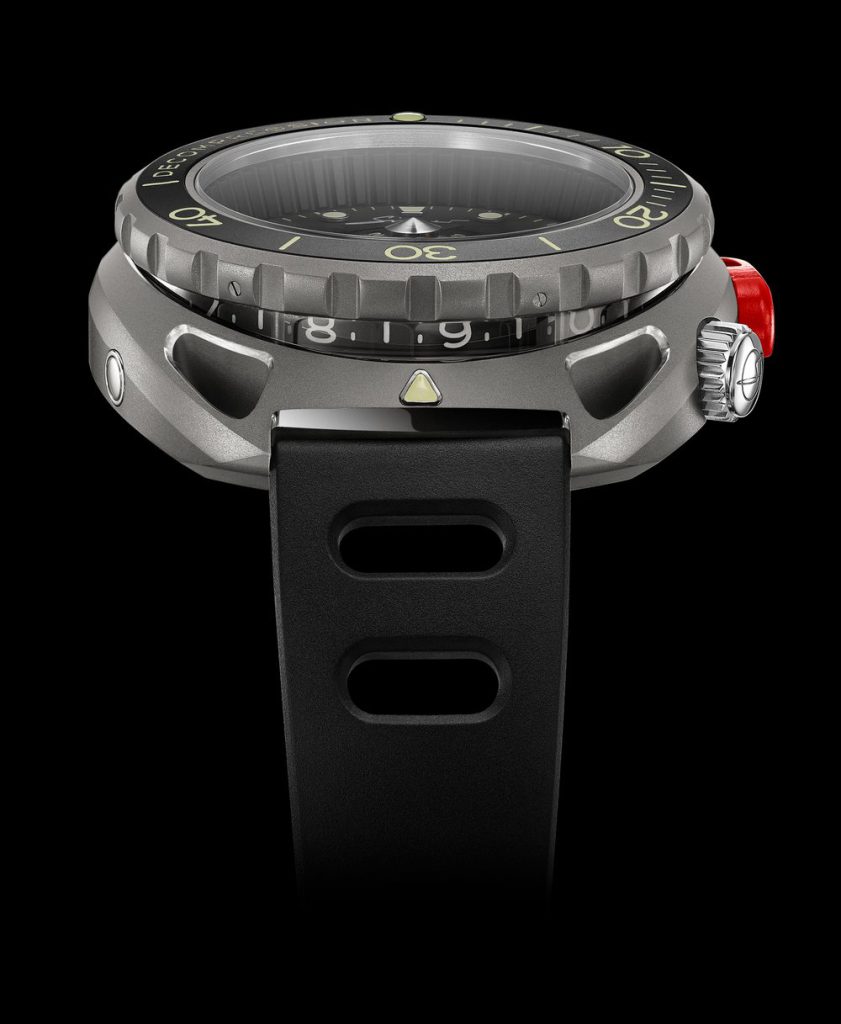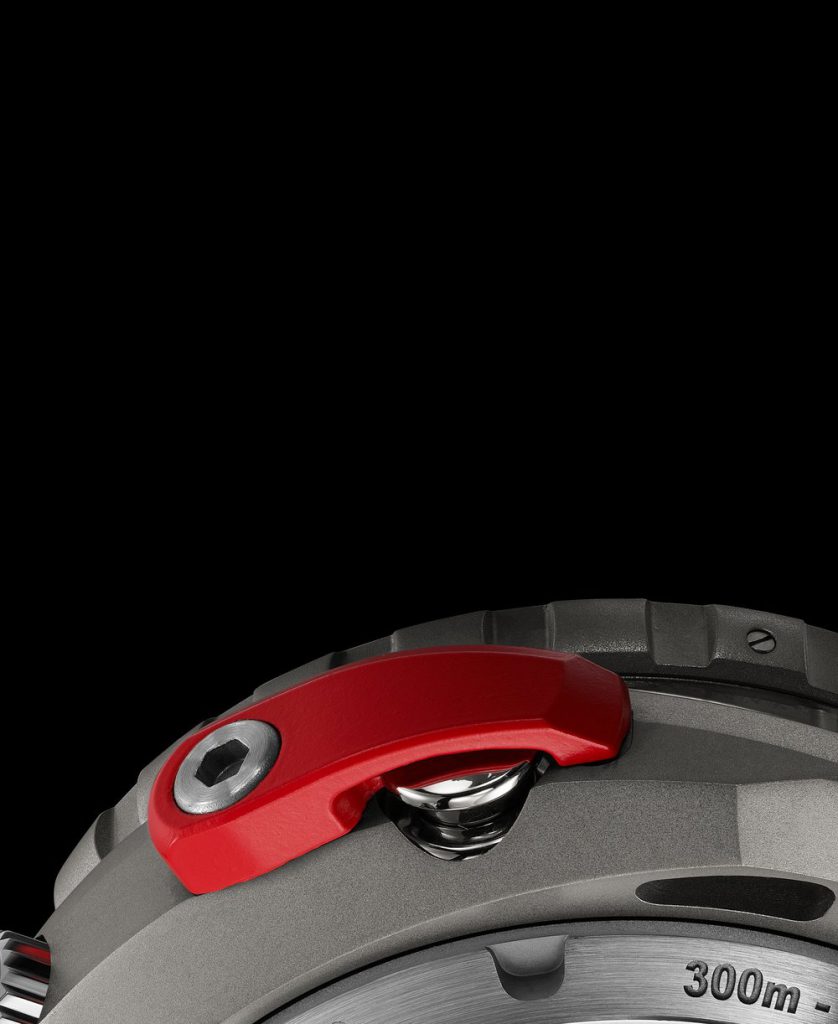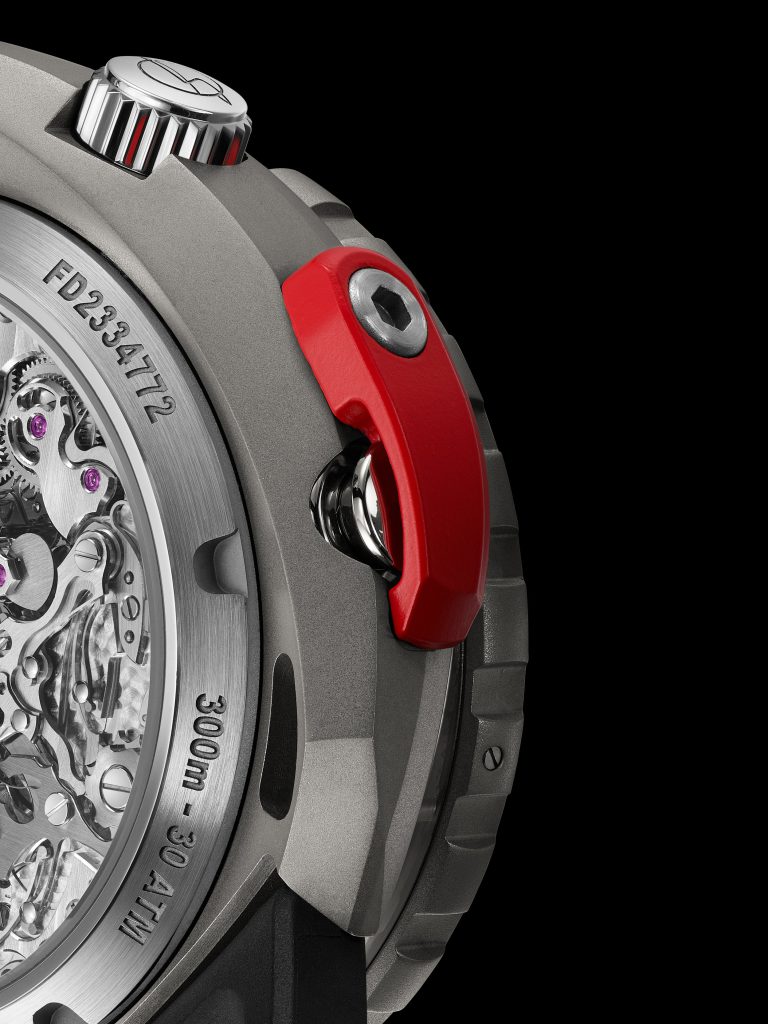The dive watch category feels stagnant. In a market where form typically follows function, true innovation seems rare. Enter the Singer Reimagined DiveTrack. At a glance, this $98,000 marvel appears impractical for daily wear. At 49mm wide and nearly 20mm thick, its size alone could deter many. Yet, there’s more than meets the eye. This watch is more than a timekeeping tool—it’s a revolution in how we think about dive watches.
Dive Watches: A Need for Innovation
Most dive watches seem stuck in time. Their designs remain functional, classic, but lacking bold creativity. With dive computers now handling actual diving needs, the dive watch lost much of its original purpose. Many brands offer “variations on a theme,” repeating old ideas. However, when function was already perfected, what comes next?
Enter Singer Reimagined, a brand better known for modifying Porsches than creating watches. When they revealed the DiveTrack, it surprised everyone. Known for performance-focused cars, Singer shifted its attention to precision watchmaking. What emerged was a bold, over-engineered, and incredibly creative watch stands out in a crowded market.

The Origins of the DiveTrack: From Cars to Watches
To understand the DiveTrack, you need to understand Singer’s roots. Singer Vehicle Design, founded in 2009, is famous for reimagining Porsche 911s. With meticulous attention to detail, they redefined what a modified Porsche could be. This same philosophy applies to their watch brand, Singer Reimagined.
In 2015, Marco Borraccino, an Italian watch designer, crossed paths with Rob Dickinson, the founder of Singer Vehicle Design. Borraccino had a vision: a chronograph unlike any other. Together, they met Jean-Marc Wiederrecht, a master watchmaker, developing the perfect movement. This movement, the AgenGraphe, became the backbone of Singer’s watches, including the DiveTrack.
The DiveTrack: A Deep Dive into Over-Engineering
The Singer DiveTrack is no ordinary dive watch. At its core is the AgenGraphe 24H Automatic Chronograph, an incredibly complex movement. With 479 parts and 56 jewels, it offers a level of precision unseen in most timepieces. The chronograph’s 60-minute counter is perfect for tracking dive time, while a 24-hour display adds a layer of versatility.
On the surface, the DiveTrack seems focused on function. Its titanium case, 300m water resistance, and helium release valve make it a technical powerhouse. Yet, its 19.67mm thickness and weight could make it difficult to wear daily. It’s an engineering marvel, but is it practical? This question lies at the heart of the DiveTrack’s allure.

The DiveTrack’s Core Features: Technical Precision Meets Artistry
While most dive watches offer simple bezel functionality, the DiveTrack does much more. Its chronograph can be locked before diving, ensuring accurate time tracking underwater. Once the dive begins, the unidirectional bezel helps you track your bottom time. The chronograph measures total dive time while you adjust the bezel for decompression stops. It’s a multi-layered approach feels overbuilt, yet purposeful.
The case, crafted from Grade 5 titanium, is incredibly strong and lightweight for its size. Add the 316L steel bezel, and you have a durable watch ready for extreme conditions. The large Super-LumiNova-filled hands and markers ensure legibility underwater, even in low-light situations.
The Role of the AgenGraphe Movement
At the heart of the DiveTrack lies the AgenGraphe 24H movement. This movement is famous for its intricacy, offering both jumping hours and jumping minutes. Unlike traditional chronographs, where dials overlap and clutter the face, the AgenGraphe separates timekeeping from chronograph functions. This separation creates a cleaner, more readable design.
The AgenGraphe also offers something unique: a flyback function. This feature allows the user to reset and restart the chronograph without stopping it, ensuring smooth operation in high-pressure environments. The movement’s 72-hour power reserve ensures the DiveTrack will keep running, even on extended dive trips.
Designed for Diving, Worn Anywhere
One of the most intriguing aspects of the DiveTrack is its focus on out-of-water use. The surface interval feature makes this possible. After each dive, divers need time to allow nitrogen to leave their bloodstream. The 24-hour counter on the DiveTrack’s dial is divided into three sections: Chill, Dive, and Fly. This system tracks how long you’ve been out of the water, reminding you when it’s safe to dive again.
But it doesn’t stop there. Post-dive, the DiveTrack tracks the time until you can safely fly. With decompression sickness a real threat, divers need to wait before boarding a plane. The DiveTrack’s chronograph helps you track this waiting period, ensuring safety both underwater and in the air.

Is the DiveTrack Practical?
With a price tag of $98,000, the DiveTrack is not meant for casual buyers. It’s also far too large for many wrists. Measuring 49mm across and 19.67mm thick, this is a hefty watch. Despite the use of titanium to reduce weight, it’s still a presence on the wrist. Yet, for all its bulk, the DiveTrack offers something rare in dive watches today: true innovation.
Singer’s goal wasn’t to create the perfect dive watch—it was to reimagine what a dive watch could be. The DiveTrack’s complexity, engineering, and design are unlike anything else on the market. While it may not be practical for everyday wear, it’s an artistic statement and an example of mechanical ingenuity.
Comparing the DiveTrack to Other Luxury Dive Watches
In the luxury dive watch world, price often correlates with rarity and craftsmanship. Brands like Rolex and Omega dominate the market with their iconic dive watches, but the DiveTrack offers something different. Where other brands focus on tradition, Singer pushes boundaries.
Compare the Rolex Submariner, which costs around $10,000, to the DiveTrack. The Submariner offers legendary durability and classic design. But its design remained largely unchanged in decades. The DiveTrack, on the other hand, is an entirely new concept. It’s an artistic interpretation of what a dive watch can be, rather than a mere tool.

The DiveTrack Customer: Who Is It For?
So, who would buy the Singer DiveTrack? Certainly not the average diver. The price, size, and complexity put it in a niche market. The typical buyer is likely an existing Singer Vehicle Design customer, someone who appreciates over-engineering and luxury. This buyer doesn’t need the DiveTrack for actual diving; they want it as a statement piece, a reflection of their passion for both watches and design.
The Future of Dive Watches: A New Direction?
The DiveTrack forces us to reconsider what a dive watch can be. In a category saw little innovation, it represents a bold new direction. Will other brands follow Singer’s lead? It’s unlikely mainstream brands will embrace the complexity of the DiveTrack, but its influence could spark more creativity in the industry.
The success of the DiveTrack may lie in its artistic value. Much like how Singer Vehicle Design reimagines classic Porsches, Singer Reimagined is redefining what a dive watch can be. The DiveTrack is not about just about function—it’s about form, creativity, and pushing boundaries.
Conclusion: The Singer DiveTrack—A Watch for the Bold
The Singer Reimagined DiveTrack is far from practical. Its size, price, and complexity limit its appeal to a small group of enthusiasts. But for those who appreciate over-engineering, design, and mechanical artistry, it’s a watch worth admiring.
In a world where dive watches often feel stuck in the past, the DiveTrack brings a breath of fresh air. It reimagines what a dive watch can be and challenges the industry to think differently. Whether it’s worth $98,000 depends on how much you value creativity, craftsmanship, and innovation.
For Singer Reimagined, the DiveTrack is a statement. And for the right buyer, statement is worth every penny.


































